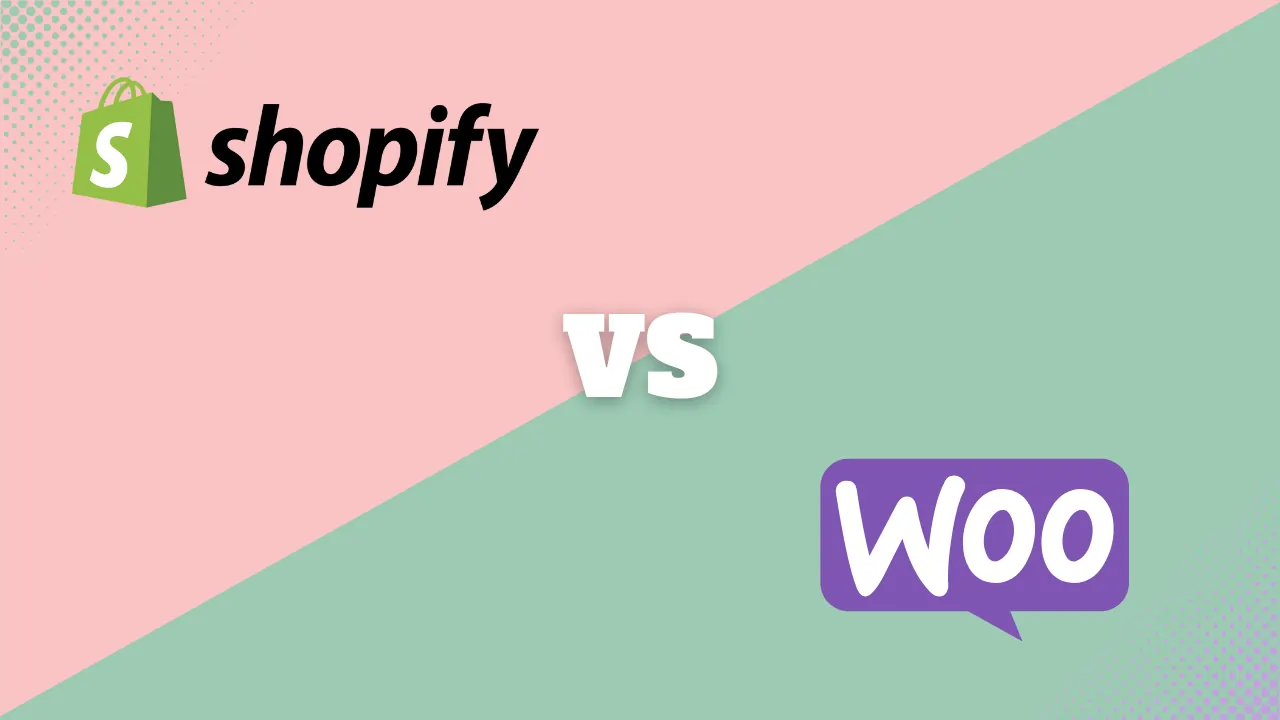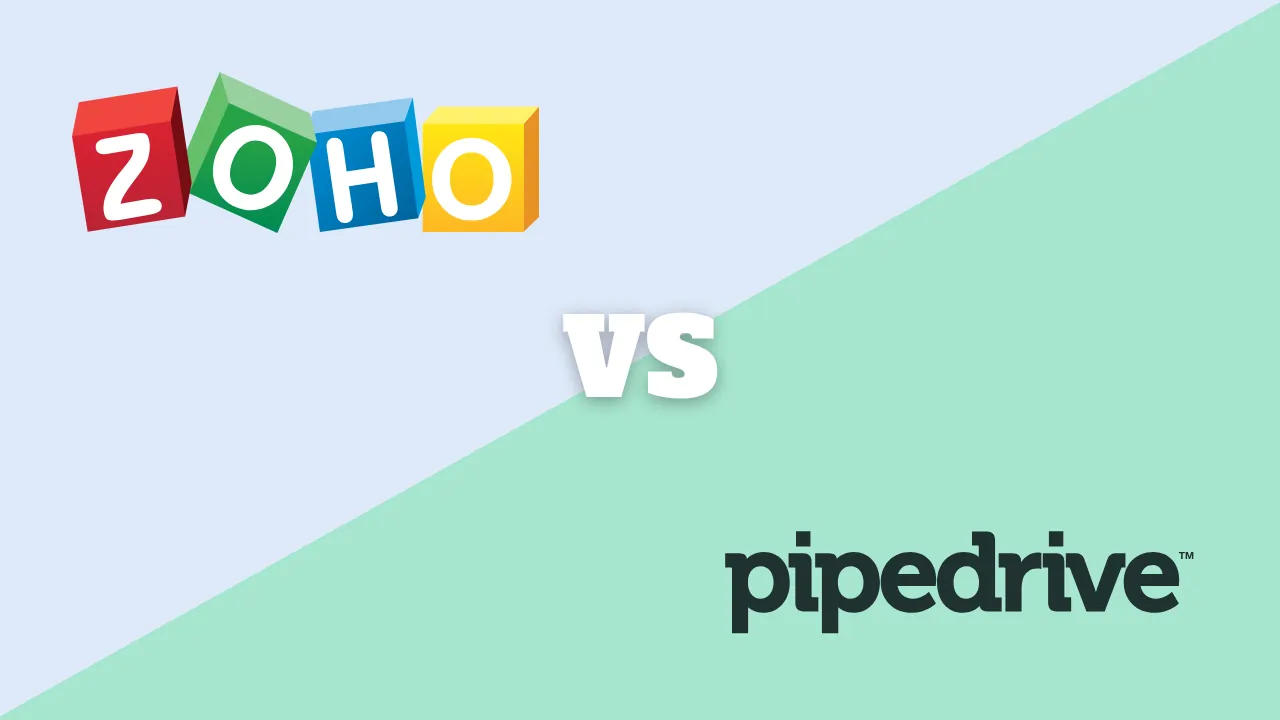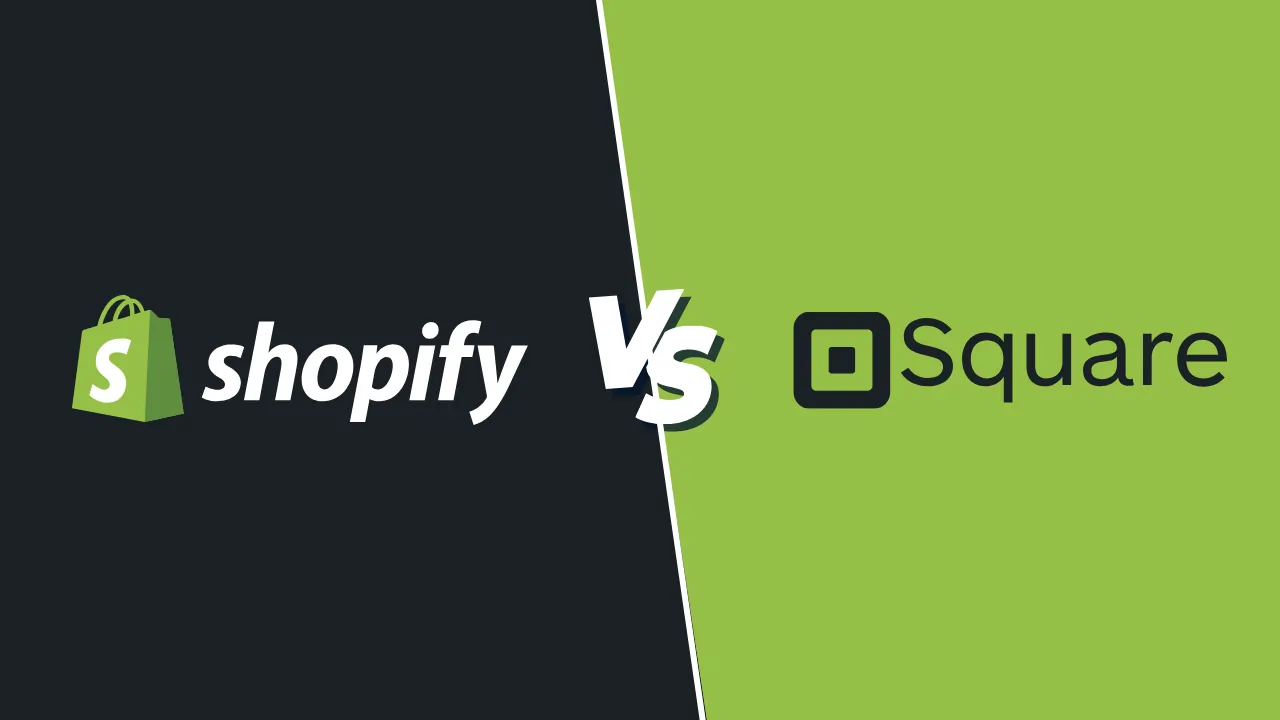Microsoft 365 vs Google Workspace: which is better for your business

If you’re deciding between Google Workspace vs Microsoft 365 (a.k.a. Office 365 vs G Suite), you’re not just choosing email and docs—you’re picking the operating model for your business: where files live, how people collaborate, how meetings happen, and increasingly, how AI assists your team.
Let’s break down how they compare across pricing, features, collaboration, security, and overall value for small and mid-sized businesses.
TL;DR
Choose Google Workspace if you’re cloud-first, want frictionless real-time collaboration, simpler admin, and strong value at entry and mid tiers. It’s especially friendly for distributed teams and startups layering in multiple SaaS tools.
Choose Microsoft 365 if you need richer desktop-grade functionality (Excel, Word), advanced device/security control, offline reliability, and you’re already in the Microsoft ecosystem (Windows, Intune, Defender, Entra ID). It scales cleanly as compliance needs grow.
Quick snapshot
|
Category |
Microsoft 365 |
Google Workspace |
|
Best for |
Businesses that need strong offline tools and enterprise-level features |
Teams prioritizing collaboration, simplicity, and cloud-native tools |
|
Pricing |
Starts at $6/user/month |
Starts at $6/user/month |
|
Core apps |
Word, Excel, PowerPoint, Outlook, OneDrive, Teams |
Docs, Sheets, Slides, Gmail, Drive, Meet |
|
Collaboration |
Strong in hybrid environments |
Real-time and seamless in the cloud |
|
Security |
Enterprise-grade with advanced compliance |
Strong cloud-native protections and zero-trust architecture |
|
Ease of use |
Familiar desktop interface |
Lightweight and intuitive web-based design |
Overview: two ecosystems, one goal
At their core, both Microsoft 365 and Google Workspace aim to help teams work smarter and faster.
- Microsoft 365 (formerly Office 365) builds on decades of trusted desktop software, now enhanced with cloud functionality.
- Google Workspace (formerly G Suite) is a cloud-first suite that prioritizes simplicity and real-time collaboration.
For small businesses, the main difference often comes down to whether your team lives in the browser or still leans on desktop apps.
Plans and pricing
Both suites sell per-user subscriptions with “Business” editions typically capped at 300 users; Enterprise tiers remove that cap. You’ll see similar entry pricing, but differences emerge in storage, admin depth, and bundled apps.
Google Workspace business tiers:
- Business Starter ($6/user/mo): 30 GB/user, core apps, standard security.
- Business Standard ($12/user/mo): 2 TB/user, larger Meet calls, more admin.
- Business Plus ($18/user/mo): 5 TB/user, Vault/eDiscovery, advanced device controls.
Microsoft 365 business tiers:
- Business Basic ($6/user/mo): 1 TB OneDrive, Exchange Online, Teams (Business plans include it), web/mobile Office.
- Business Standard ($12.50/user/mo): adds desktop Office apps, webinars, more features.
- Business Premium ($22/user/mo): adds advanced security + device management (Intune/Defender).
What to look out for:
- Storage generosity leans Google on mid tiers (2–5 TB/user), while Microsoft leans management and endpoint security in Business Premium.
- License mixing is more flexible on Microsoft (combining different subscription types, even buying specific security components separately); Google is more limited here. That matters when only part of your org needs elevated features.
Collaboration and day-to-day work
Real-time co-editing & simplicity:
- Google Docs/Sheets/Slides are built for simultaneous editing with minimal fuss, which keeps teams moving fast and reduces version sprawl. If your culture is “work in the doc together,” Google shines.
- Microsoft supports co-authoring, but the overall feel is heavier; Teams-centric workflows can be powerful, yet take more setup and training.
Deep features & formatting:
- For complex spreadsheets (advanced modeling, Power Query/Power Pivot), rich document layout, or polished decks, Word/Excel/PowerPoint still have the edge. If finance, operations, or client deliverables demand “desktop depth,” that points to Microsoft.
Communication stack:
- Teams is an all-in-one hub (chat, meetings, file sharing). It’s excellent once established, and integrates tightly with Outlook/SharePoint/OneDrive. (Note: Microsoft has been unbundling Teams from some enterprise SKUs; Business plans still include it.)
- Google Meet/Chat are lighter and quick to adopt, launching from Gmail/Calendar with almost zero friction. For straightforward meetings and async collaboration, it’s plenty.
Email and calendar: Gmail vs Outlook
- Gmail: fast, clean, intuitive search; easy file sharing from Drive. Great for teams living in the browser.
- Outlook/Exchange: rules, shared mailboxes, robust calendaring, and deep integration with desktop Office. If you require fine-grained email management or legacy workflows, Outlook wins.
File storage and management: Google Drive vs OneDrive/SharePoint
- Google Drive stresses cloud-first, shared drives, and straightforward sharing. It’s collaborative by default.
- OneDrive + SharePoint pair nicely in hybrid or Windows-heavy environments; folder redirection and device policies are stronger with Microsoft’s management stack. For orgs standardizing on Windows laptops, Microsoft’s file story often feels more “native.”
Security, admin, and compliance: where Microsoft usually pulls ahead
Both suites offer enterprise-grade security (MFA, DLP, encryption, eDiscovery), but Microsoft typically brings richer device and identity governance out of the box in Business Premium and above (Intune device management, Defender threat protection, Purview compliance). If you need granular controls, conditional access, or industry compliance confidence, Microsoft is the safer bet.
Google’s admin model and zero-trust posture are strong and comparatively simple to operate—great for small IT teams. Vault, retention, and DLP are available in higher tiers, and Workspace’s default cloud architecture reduces patching overhead. For lean teams that want “secure by default” without heavy policy design, Google remains appealing.
SMB tip: if security and identity lifecycle are top of mind (offboarding, least-privilege access, shadow IT), Microsoft’s broader ecosystem (Entra ID, Intune, Defender) provides a cohesive toolbox. Google users can match much of this, but often with extra tooling and admin effort.
AI today: copilot vs gemini (and what it changes in your work week)
- Microsoft 365 Copilot is tightly integrated into Word, Excel, Outlook, Teams, and Loop—drafting content, summarizing threads, building first-pass analyses, and automating routine steps via Power Automate. Expect deeper “work graph” reach for organizations already living in Microsoft tools.
- Google Gemini for Workspace assists across Gmail, Docs, Sheets, and Meet, with fast drafting and collaborative prompts. The experience is intuitive and browser-native; third-party app side-panel integrations in Google are also broad and easy to wire up.
For SMBs, the biggest win from either AI is meeting and email triage (summaries, suggested replies) and first-draft creation. If your data lives mostly in Microsoft systems and you value Excel-level assistance, Copilot may return more immediate value; if your team already lives in Google docs and loves quick co-editing, Gemini will feel invisible and helpful.
Ecosystem and integrations (especially for business management tools)
- Google plays nicely with an enormous range of SaaS—Slack, Asana, ClickUp, HubSpot, Canva, and more—with lightweight add-ons and shortcuts that keep tools in a side panel while you work. If your “business management tool” stack spans multiple web apps, this can feel seamless.
- Microsoft integrates deeply with Dynamics, Power BI, SharePoint/Lists, Planner/Loop, and many third-party platforms too (Salesforce, Adobe, Zoom), but wiring it all up can be more complex (and sometimes costlier) than Google’s add-on model. For companies standardizing on the Microsoft stack, that complexity buys you cohesion.
Offline reliability and change management
- Microsoft still wins offline. Desktop Word/Excel/PowerPoint are mature, fast, and dependable on planes or spotty networks. If your team travels or works in bandwidth-challenged areas, this matters.
- Google supports offline in Chrome, but it’s less robust and requires forethought (enabling offline per file or Drive). If you’re always online, this won’t be a deal-breaker.
What about mixing both?
It’s possible—but risky for SMBs. Format differences, comment threads, and file conversions can create friction and duplicate versions across Drive and OneDrive. Unless there’s a strong reason, avoid a dual-suite setup; pick one ecosystem and lean into it.
Decision guide for common SMB scenarios
1) Remote-heavy startup on a tight budget
- Pick: Google Workspace Business Standard (2 TB/user, simple Meet/Gmail, fast onboarding).
- Why: Real-time co-editing, easy integrations with task/time/project tools, lower admin overhead. Cloudwards
2) Services firm with spreadsheet-heavy ops (quoting, scheduling, costing)
- Pick: Microsoft 365 Business Standard or Premium (desktop Excel + security).
- Why: Advanced Excel features, Outlook calendaring, and smoother offline performance. Premium adds device control for laptops in the field.
3) Regulated or risk-sensitive SMB (HIPAA/finance/legal)
- Pick: Microsoft 365 Business Premium or E3 (as you grow).
- Why: Richer compliance/admin suite (Defender, Intune, Purview), and flexible license mixing as needs diverge across teams. Reco
4) Creative/marketing agency collaborating with clients in the browser
- Pick: Google Workspace Business Standard/Plus.
- Why: Painless external sharing, side-panel add-ons with popular creative tools, quick live edits with clients.
5) Mixed device fleet with Windows standardization
- Pick: Microsoft 365 (Business Premium).
- Why: Endpoint management and policy control across Windows devices; Teams can be your single hub.
Feature comparison snapshot for SMBs
|
Area |
Google Workspace |
Microsoft 365 |
|
Real-time editing |
Excellent “in-doc together” experience |
Good, but heavier UX overall Computerworld |
|
Email & calendar |
Gmail/Calendar: simple, fast |
Outlook/Exchange: advanced rules and shared mailboxes |
|
Storage (common SMB tiers) |
2–5 TB/user (Standard/Plus) |
|
|
Meetings |
Meet: quick and light |
Teams: full hub for chat/meet/files; more to learn |
|
Security & device management |
Strong, simpler |
|
|
AI |
Gemini for Workspace |
|
|
Admin & license flexibility |
Straightforward but more limited |
Flexible license mix; granular service add-ons |
Total cost of ownership (the hidden line items)
- Training & change management: Teams and Outlook may require more structured onboarding than Gmail/Meet—budget the time.
- Add-ons & integrations: Google’s marketplace add-ons are often low-lift and low-cost; Microsoft’s deeper integrations sometimes require extra licensing and admin configuration—especially for security and identity features.
- License mixing: Microsoft’s ability to mix plans (and even buy select security services à la carte) can reduce waste if only some users need advanced capabilities
Bottom line
- Pick Google Workspace if you value speed to collaborate, cloud simplicity, generous storage at mid tiers, and broad, easy SaaS integrations—classic needs for teams whose “business management tool” stack spans multiple web apps.
- Pick Microsoft 365 if your workflows depend on Excel/Word depth, you want a cohesive security/identity/device posture, and you prefer an all-in-one hub (Teams) as you scale. It’s often the right call for compliance-minded operators.
If you’re still torn, run a 14-day pilot with 5–10 users in each suite. Mirror real work (client emails, estimates in spreadsheets, project plans, weekly standups) and score the experience for: time to first draft, meeting friction, file findability, and admin overhead. Use those metrics—not brand loyalty—to decide.




